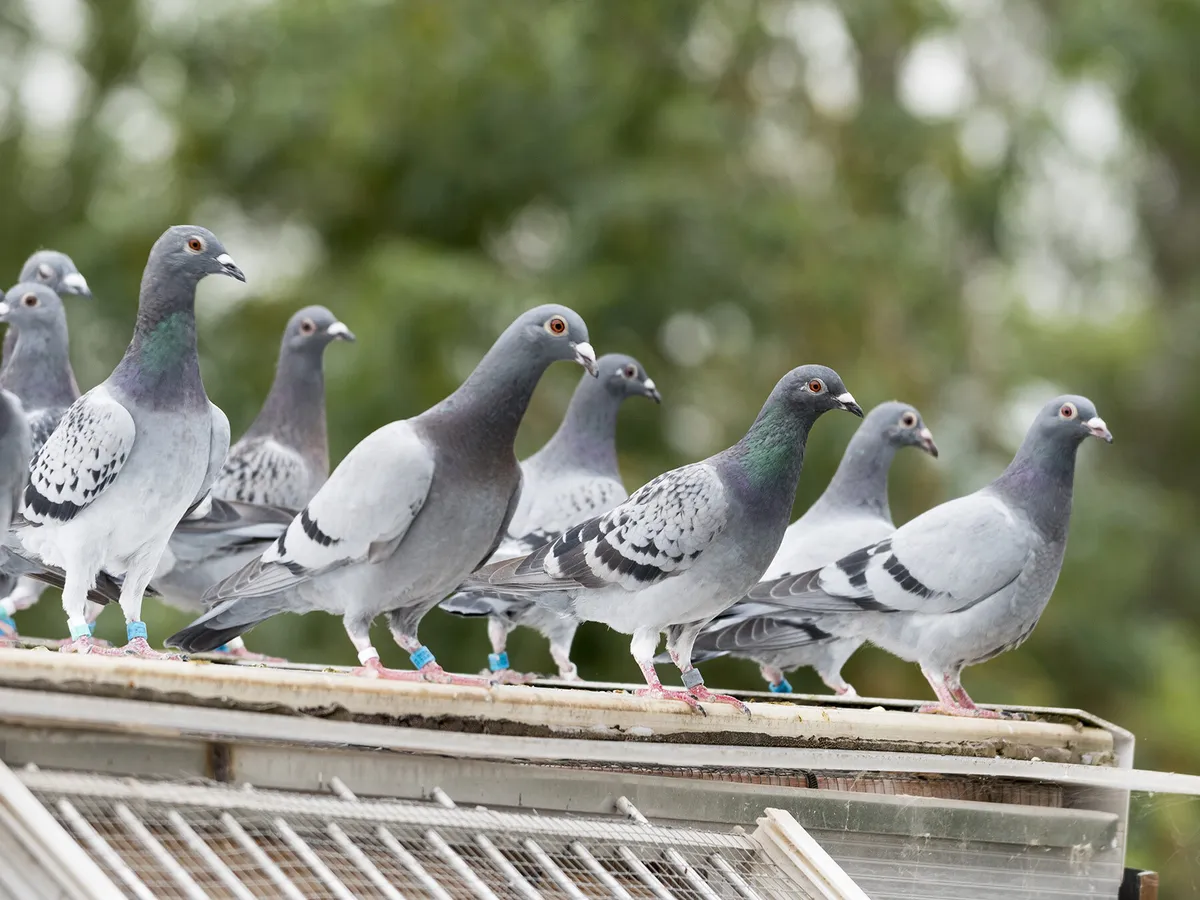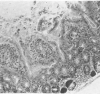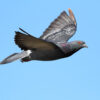
Mucus Build-Up in Racing Pigeons
Mucus Build-up and Clogged Nostrils in Racing Pigeons
Racing pigeons are elite athletes of the avian world. Every flap of their wings and every breath counts. But when mucus begins to build up or nostrils become clogged, their performance, health, and even survival can be at risk.
Mucus build-up is more than just a minor irritation—it can be a warning sign of underlying respiratory illness or allergic reactions. For fanciers serious about the health and performance of their birds, understanding the causes, identifying symptoms early, and acting fast with targeted treatments is crucial.
Let’s dive into what causes nasal congestion in racing pigeons and how you can prevent and treat it naturally and effectively.
Why Nasal Health Matters in Racing Pigeons
Pigeons breathe primarily through their nostrils, or nares. Unlike humans, they can’t breathe through their mouths during flight. That means even minor nasal obstructions can affect:
-
Oxygen intake
-
Flight endurance
-
Recovery speed
-
Race performance
A pigeon with clogged nostrils is like a sprinter trying to run with a blocked nose—it just doesn’t work efficiently. And over time, neglected nasal issues can evolve into full-blown respiratory infections.
Common Causes of Mucus Build-Up
1. Viral Infections
Viruses like paramyxovirus (PMV), pigeon herpesvirus, or even avian influenza can trigger mucus production. Viral infections usually present with additional symptoms such as:
-
Sneezing
-
Nasal discharge
-
Conjunctivitis (watery eyes)
-
Lethargy
2. Bacterial Respiratory Infections
Pathogens such as Mycoplasma, E. coli, or Chlamydia psittaci can affect the upper respiratory tract, leading to thick mucus secretions and clogged nares. Often, these are co-infections that worsen with stress or poor loft hygiene.
3. Fungal Growth (Aspergillosis)
Especially in humid lofts, fungal spores like Aspergillus can invade the air sacs and sinus cavities, leading to chronic congestion and even labored breathing.
4. Allergic Reactions
Exposure to dust, mold, or strong ammonia smells from dirty bedding can inflame the mucous membranes, leading to watery eyes, sneezing, and mucus build-up.
5. Environmental Triggers
Sudden temperature drops, damp conditions, or poor loft ventilation can dry out or irritate the nasal lining, resulting in excessive mucus as a protective reaction.
Early Signs of Mucus and Nasal Blockage
To prevent small issues from becoming race-season disasters, fanciers must perform regular health checks. Watch for:
-
White, yellow, or greenish crusts around the nostrils
-
Gurgling or wheezing sounds during breathing
-
Head shaking or repeated sneezing
-
Reduced flight stamina
-
Dirty or wet wattles
Pro Tip: Gently press your pigeon’s chest and listen. Any rattling sounds could indicate respiratory congestion.
Step-by-Step Treatment Strategy
Step 1: Saline Nasal Cleaning
Start by clearing the physical blockage.
What you’ll need:
-
Sterile saline solution (or make your own with boiled water and non-iodized salt)
-
Cotton swabs or dropper
-
Tweezers (for hardened debris)
Instructions:
-
Hold the pigeon gently but firmly.
-
Apply a few drops of warm saline into each nostril.
-
Wait a few seconds for the mucus to soften.
-
Use tweezers to gently remove any crusts or thick mucus.
-
Repeat 2–3 times daily for 3–5 days.
Step 2: Treat the Underlying Cause
If the issue is recurring or severe, you’ll need to identify and treat the root cause:
-
Bacterial Infection: Consult a vet for an antibiotic sensitivity test. Doxycycline, Tylosin, or Enrofloxacin may be prescribed.
-
Fungal Infections: Antifungal medications like Nystatin or Itraconazole may be used.
-
Viral Conditions: Supportive care is key. Boost immunity and ensure good hydration.
-
Allergies or Dust Reactions: Clean the loft, switch to low-dust bedding like hemp, and improve airflow.
Step 3: Natural Respiratory Herbs and Supplements
To aid recovery and strengthen the respiratory system:
-
Garlic extract: Natural antibacterial and antiviral.
-
Eucalyptus or menthol drops: Inhaled via steam to ease breathing.
-
Oregano oil (diluted): Helps fight pathogens and reduce inflammation.
-
PHP Respiratory Support Mixes: Formulated blends often include thyme, sage, and echinacea.
Prevention: Loft Management and Immunity Boosting
Keep the Loft Dry and Well-Ventilated
Stale air, damp bedding, and poor airflow create the perfect storm for mucus and respiratory infections.
-
Install adjustable vents or cross ventilation.
-
Remove wet bedding daily.
-
Use absorbent flooring material like zeolite or kiln-dried shavings.
Implement a Loft Sanitization Routine
-
Weekly disinfection of perches, feeders, and walls
-
Use safe disinfectants that don’t irritate birds (e.g., Virkon S)
-
Control loft dust with a vacuum or wet mop
Boost the Immune System Year-Round
-
Multivitamins during molt, stress, and race prep
-
Probiotics after antibiotic treatments
-
Garlic and apple cider vinegar in water (twice weekly)
-
Lysine, vitamin C, and zinc to support respiratory health
When to Consult a Veterinarian
If home treatment doesn’t clear the problem in 5–7 days, or if your bird has:
-
Swollen sinus cavities
-
Green or blood-tinged discharge
-
Breathing with an open beak
-
Extreme lethargy
It’s time for professional diagnostics like a PCR test, nasal swab, or culture sensitivity test to determine the exact pathogen and get the right treatment.
Final Thoughts: Keep Their Airways Clear, Their Wings Strong
Mucus build-up and clogged nostrils may seem like small issues, but in the life of a racing pigeon, they can be performance killers. As a fancier, your best defense is vigilance, early intervention, and a commitment to holistic respiratory health.
Support your flock with:
-
Clean loft conditions
-
Proper nutrition
-
Natural respiratory herbs
-
And immediate treatment when symptoms arise
With proactive care, your pigeons can breathe freely and fly farther.


